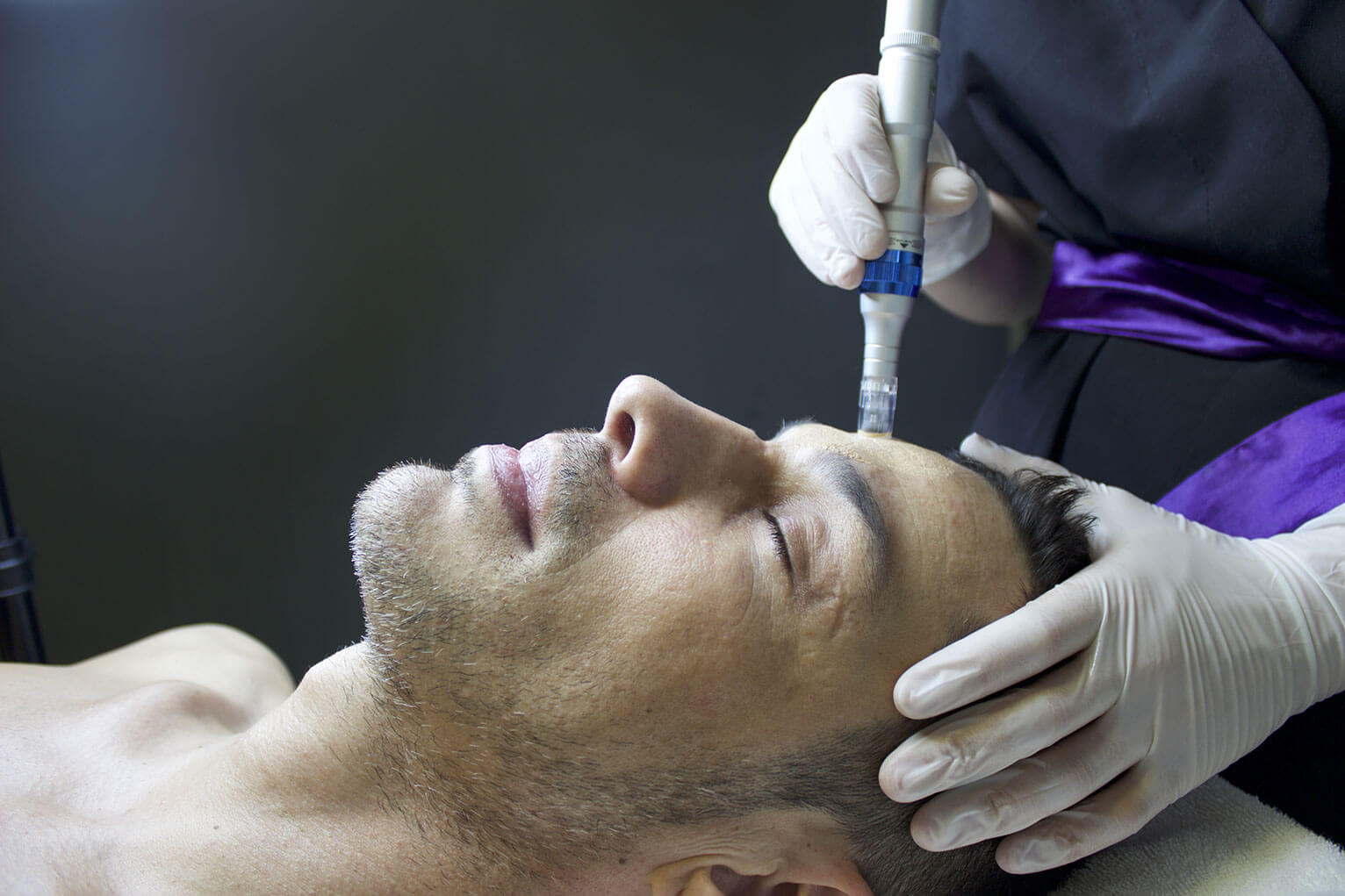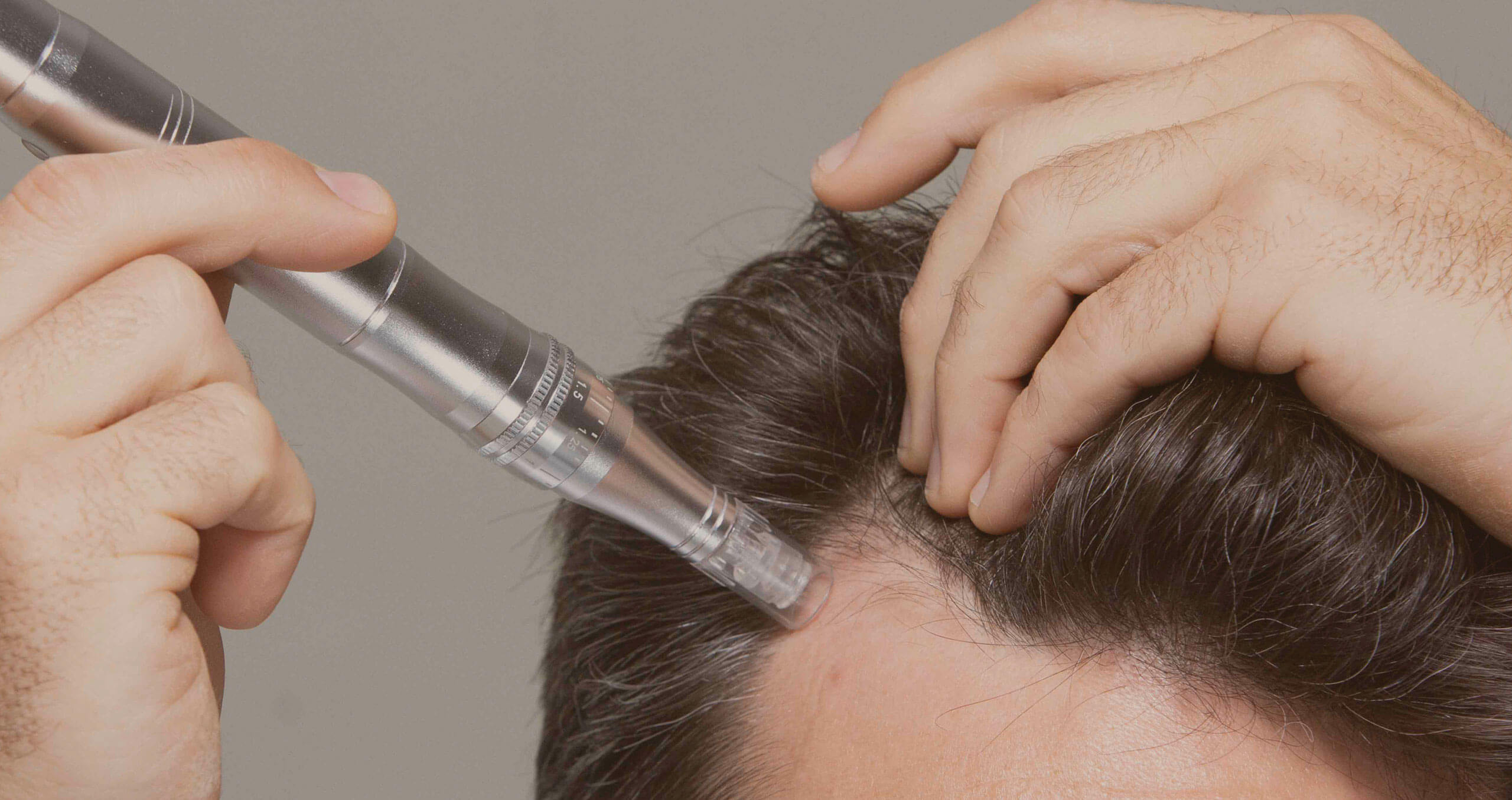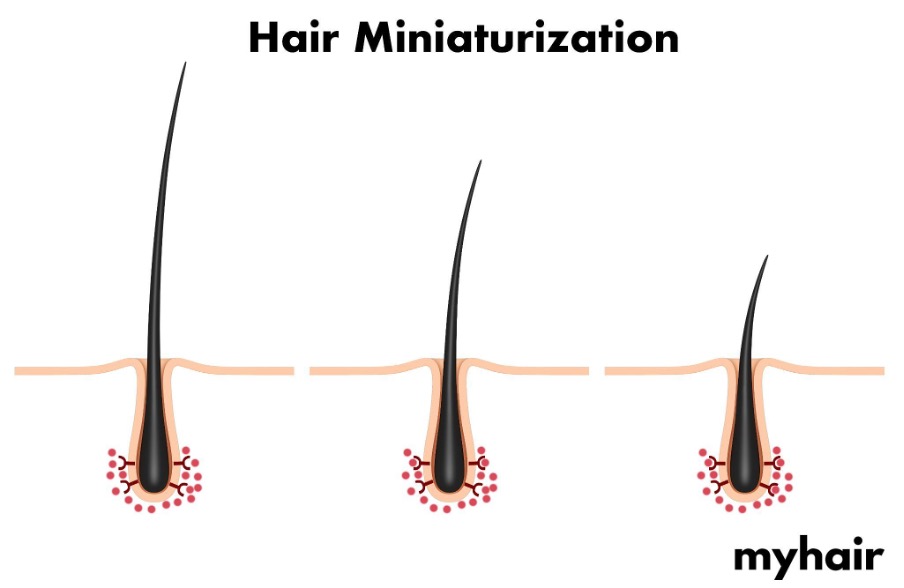What is microneedling?
Microneedling isn’t as scary as it might sound. While microneedling devices do involve many tiny needles, these needles are nothing like acupuncture needles or the ones used when you get an injection or donate blood. In fact, microneedling needles are generally so small you can’t even feel them – and in many cases, they don’t even fully pierce through your skin.
Microneedling devices were initially used for skin rejuvenation. However, a study in the Indian Dermatology Online Journal says that they are now used for various types of skin conditions, including scar reduction, acne, stretch marks, and excessive sweating. Microneedling for hair growth has also become increasingly common. However, this type of microneedling is still a fairly new treatment option, as is microneedling for drug delivery.
Microneedling devices
There are several different types of microneedling devices. The microneedling device you need will be based on the problem you’re trying to treat.
Medical microneedling devices generally have longer needle lengths. These longer needles allow the device to increase collagen production pathways in the skin, which can help reduce scarring. In some cases, they may penetrate deep into the skin.
Some of the newer medical microneedling devices, like electrodynamic microneedling devices used in dermatology clinics, are pretty complex. Certain devices are motorized, while others are designed to release radiofrequency currents or LED lights. Others are used for drug delivery.
These medical microneedling devices are meant to increase the skin’s permeability. They may also be used to stimulate stem cells to improve wound healing. Generally, clinics will offer treatment packages to customers, using the same device but swapping out sterile disposable needle packs each time.
Some microneedling devices — usually the ones used for cosmetic purposes — have densely packed, blunt needles. Their needles are also much smaller than the ones used in medical microneedling devices. These microneedling devices aren’t meant to penetrate through your skin; they just stimulate the outer layer. You can often use cosmetic microneedling devices like these at home.
Regardless of the type of device, microneedling products used for hair loss need to be applied to the scalp. Some devices require you to manually roll the microneedling device over your head, but others are motorized and smoothly move the device over your skin. Microneedling the hairline and other areas that are usually affected by hair loss, like the crown or temples, is the standard way of using these devices.

Microneedling can be done to various areas of the scalp, including the temples and hairline
Could microneedling work for me?
Microneedling for hair loss has shown a lot of promise in recent years and seems to cause very few side effects. The Indian Dermatology Online Journal reports that microneedling treatments are generally both low-risk and low-cost. Microneedling for hair loss is particularly likely to be more affordable and less risky than other popular hair loss treatments, like hair transplantation.
According to studies in the Journal of Cosmetic Dermatology and Indian Dermatology Online Journal, microneedling has been shown to work for:
- Androgenic alopecia (commonly known as male pattern hair loss)
- Alopecia areata (an autoimmune condition that causes hair loss)
- Telogen effluvium (temporary hair loss that’s usually caused by stress or shock)
Out of all of these types of hair loss, microneedling has been studied most extensively for people with androgenic alopecia.
Medical microneedling devices have been shown to be helpful in managing and treating hair loss. These devices have been used as stand-alone hair loss therapies and in conjunction with other hair loss treatments.
Microneedling for hair loss
According to a publication in the Indian Journal of Dermatology, microneedling is a great alternative for people with pattern baldness who did not respond to popular FDA-approved hair loss treatments, like finasteride or minoxidil. A recent study in the Journal of Cosmetic and Laser Therapy even found that microneedling was able to produce more improvement in hair growth than minoxidil.
The Indian Dermatology Online Journal study also reported that several clinical trials had found that microneedling for hair loss worked well, particularly when microneedling was used as a combination treatment with newer treatments, like platelet-rich plasma, or common FDA-approved treatments, like minoxidil. One study even reported that microneedling and minoxidil also produced better results than minoxidil on its own.
If you’re already trying different treatments for hair loss, talk to your doctor or dermatologist about microneedling. Home-use microneedling devices have been reported to improve hair growth in people that are already taking hair loss treatments, like minoxidil.
Takeaway
Microneedling might be a new treatment option for hair loss, but it’s very promising. People who don’t respond well to the standard FDA-recommended treatments, like minoxidil and finasteride, should talk to their doctor about microneedling as an alternative treatment option.
If a standard treatment, like minoxidil, is working for you, it may still be worth talking to your doctor. Home-use microneedling devices may be able to improve hair growth for people who are already taking hair loss medicines.





